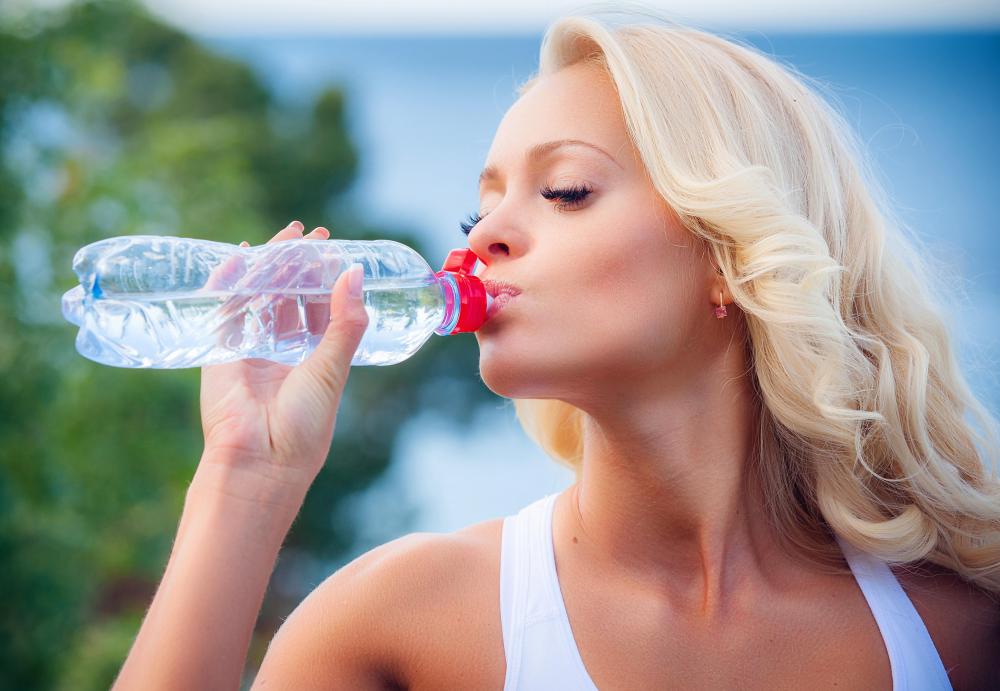At WiseGEEK, we're committed to delivering accurate, trustworthy information. Our expert-authored content is rigorously fact-checked and sourced from credible authorities. Discover how we uphold the highest standards in providing you with reliable knowledge.
What are the Different Types of Product Liability?
Product liability falls under the purview of tort law. Tort law is the area of the law that assigns liability for injuries, both physical and emotional, to a victim. Product liability claims fall into one of three categories: design defects, manufacturing defects, and failure to warn claims.
When a victim is injured by a product, the manufacturer, supplier, designer, or retailer may potentially be held liable under product liability law. In some jurisdictions, the defendant must be found to have been negligent in order for the victim to recover compensation. In other jurisdictions, such as many European countries, strict liability may be used. Negligence requires the plaintiff, or victim, to prove that the defendant breached the duty of care he or she had toward the plaintiff and that the breach of duty caused the injuries. Under strict liability, the plaintiff must only prove that the defendant caused the injuries.

A product liability lawsuit based on a design defect requires the plaintiff to show that the basic design of the product was flawed. In other words, the problem was inherent in the design itself, making the product dangerous regardless of any safety efforts undertaken during manufacturing. If, for instance, brakes designed for use in a passenger vehicle fail at speeds over 80 miles per hour (128.7 kph), then that would be a design defect.

A manufacturing defect differs from a design defect in that the product, if manufactured according to the design, is not defective. Only a portion of the product causes injuries in a manufacturing defect product liability lawsuit. In the brakes example, a manufacturing defect would be present if something happened during the manufacturing process that caused some of the brakes to fail at high speeds. One way to look at the difference between design and manufacturing defects is to consider design defects to be planned defects while manufacturing defects are unplanned defects.
Failure to warn product liability cases are based on products that are inherently dangerous and require a sufficient warning to alert consumers to the possibility of harm. Some products cannot be designed in a way to eliminate all potential harm. Cleaning products, for example, must in many cases contain caustic chemicals in order to function as intended. If, however, a consumer inhales, swallows, or comes into contact with the chemicals, it may cause serious injuries. Appropriate warnings, therefore, are required in order to let consumers know of the possible danger; a company that fails to include such a warning might be liable for injuries caused by the product.
AS FEATURED ON:
AS FEATURED ON:












Discuss this Article
Post your comments